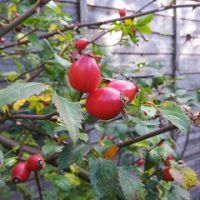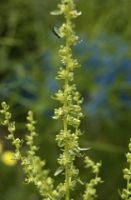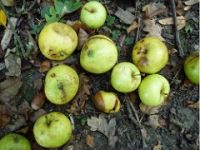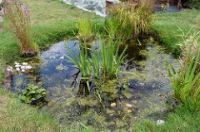How To Help Garden Wildlife in Late Summer
A successful garden is one which can be enjoyed by local wildlife as much as it can be enjoyed by the human inhabitants. A garden whose ecosystem is happy and balanced is one that will be far easier to maintain. There will be fewer pest problems and more biodiversity, which will make it a far more productive and resilient place. Here are some of the ways to help the wildlife in your garden in the late summer and to help make sure that creatures are well able to survive and thrive in the colder months to come.
 How to Help Wildlife in the Flower/Ornamental Garden:
How to Help Wildlife in the Flower/Ornamental Garden:
- Keep flowering going for longer by deadheading.
- Plant and sow plants for pollinators that will flower in very early spring.
- Allow fruits to form on ornamental shrubs to give a food source for mammals and birds.
- Trim hedges and shrubberies less frequently to give wildlife more shelter.
- Leave lawns long to ease stress on the lawn itself in hot weather and aid wildlife.
 How to Help Wildlife in the Vegetable Patch:
How to Help Wildlife in the Vegetable Patch:
- Consider allowing some vegetables to go to seed and leave seed for wildlife.
- Do not immediately clear ground after harvesting crops.
- Choose to leave spent plants in place rather than leaving bare soil.
- Leave mulches/cover crops in place over autumn/winter to protect the soil ecosystem.
- Create a thriving compost heap ecosystem.
 How to Help Wildlife in the Orchard or Fruit Garden:
How to Help Wildlife in the Orchard or Fruit Garden:
- Leave piles of logs/pruned tree branches as habitat for hedgehogs and other creatures.
- Leave some windfall fruit in situ to feed mammals, birds and other creatures.
- Share some of your soft fruits with the birds and other wildlife, keeping a portion un-netted.
- Fill and regularly clean out a bird bath to keep birds clean and hydrated in warm weather.
- Hang bird feeders in trees to allow birds to fatten up before the cold weather arrives.
 How to Help Wildlife in Your Garden Pond:
How to Help Wildlife in Your Garden Pond:
- Top up small wildlife ponds if necessary to prevent the water level becoming too low in hot, dry weather.
- Trim back dying foliage from the edge of the pond so it does not fall in, rot and raise nitrogen levels in the water.
- Continue to keep an eye on algae and blanket weed and scoop out excess carefully, trying not to disturb any of the creatures living in your pond.
Keep looking at the wildlife in your garden and try to cater for its demands as well as your own. If you take care of garden wildlife then not only will you be doing nature a good turn, you will also be making your own life a whole lot easier.